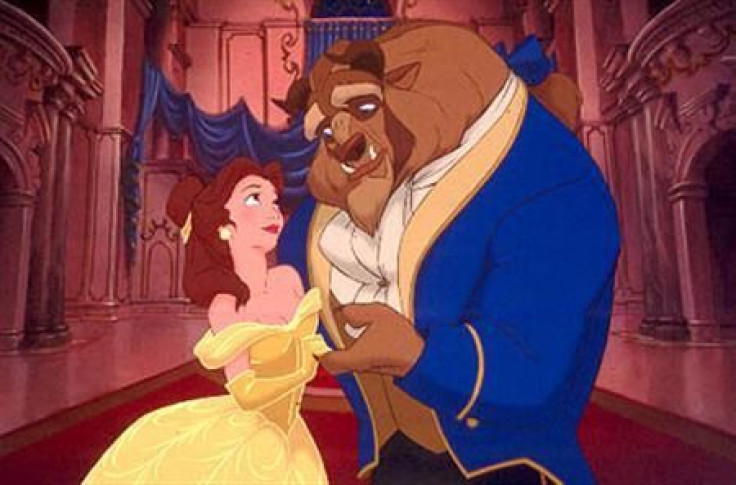Princess Sofia & Other Disney Princesses Who Ignited Controversy

Disney’s Princess Sofia has been stirring up a lot of controversy after being touted as "Hispanic" despite her blue eyes and fair skin.
It seems the Walt Disney Company (NYSE: DIS) has been able to finagle their way out of the cultural snafu by denying their newest princess is Hispanic.
“The writers have wisely chosen to write stories that include elements that will be familiar and relatable to kids from many different backgrounds, including Spain and Latin America,” Nancy Kanter, general manager of Disney Junior Worldwide posted on her Facebook page. “For example, Sofia’s mom comes from a fictitious land, Galdiz, which was inspired by Spain.”
If that were true, it would make perfect sense because there are plenty of European Spanish people with lighter skin. The problem started when one of the executive producers told Entertainment weekly that Sofia’s mother, who has a darker complexion than her Disney princess daughter, is “Latina.”
If Disney did originally want Princess Sofia to be their first Hispanic princess, it wouldn’t be the first time the company changed the complexion of a character to make her appear more commercial.
Belle from “Beauty and the Beast” is one of the best examples of a Disney princess who was given a different skin tone. It may not be a well-known fact, but Belle is from southern France, where the people typically have olive skin, and even though Belle was given brown hair and light brown eyes, her skin was porcelain.
The same goes to Princess Jasmine and Aladdin, who are both Arab, yet have paler skin and were given different facial features than people of Arab descent, who typically have darker skin than the characters and different noses. (It was rumored that “Aladdin” was supposed to take place in Baghdad, but Disney instead chose the fictional city of Agrabah.)
Racial controversy also arose over Princess Tiana from “The Princess and the Frog” for two reasons: Even though her skin was black, she was given European-like features, and as the first black princess she was a frog for most of the movie.
“Snow White and the Seven Dwarfs” didn’t go over well with feminists, since Snow White’s first instinct is to clean when she stumbles into the Dwarfs' cabin.
Even "Pocahontas" was torn apart by critics who didn’t like the ending of the story. The real Native American princess was taken hostage by the English, married colonist John Rolfe and died at the age of 21, but the Disney movie changed history and had her stay behind in Virginia with her family.
Yet with all the controversies that surround Disney, they have produced timeless characters that are loved by all generations.
© Copyright IBTimes 2024. All rights reserved.












